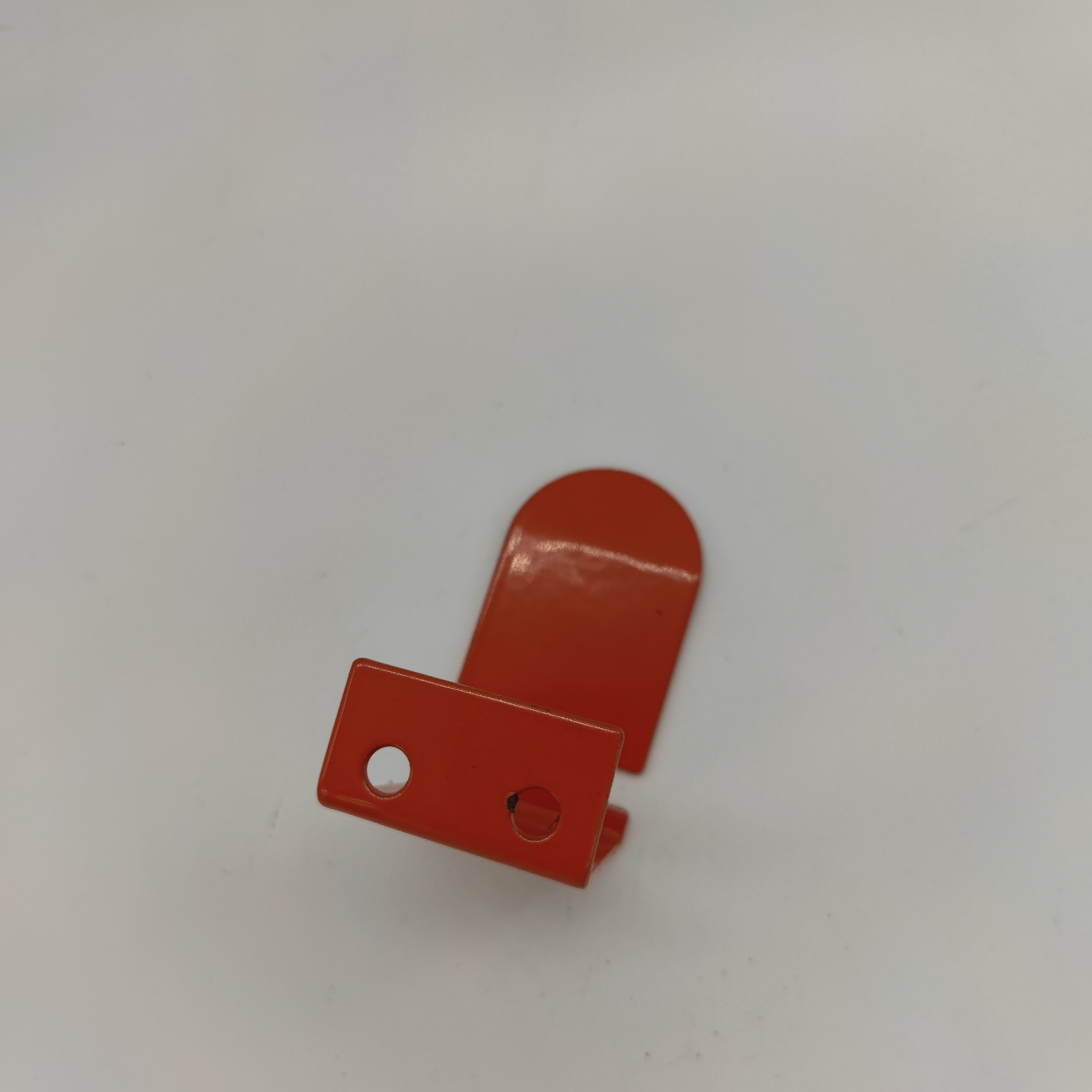Mastering Metal Stamping: Custom Metal Iron Sheet Processing
2024-07-16
Introduction
In the realm of modern manufacturing, metal stamping stands as a crucial process that delivers precision, efficiency, and versatility. Among the various materials used in metal stamping, iron sheets are particularly popular due to their durability, malleability, and cost-effectiveness. This blog will delve into the intricacies of metal stamping parts processing, focusing on custom metal iron sheet components and their applications in various industries.
Understanding Metal Stamping
Metal stamping is a manufacturing process that involves converting flat metal sheets into specific shapes through a combination of techniques such as punching, bending, and embossing. The process employs a die and a press machine, where the die shapes the metal sheet into the desired form when pressure is applied.
Key Steps in Metal Stamping Parts Processing
1. Design and Prototyping: The process begins with designing the part using CAD software. A prototype is often created to ensure the design meets the required specifications and to identify any potential issues before full-scale production.
2. Material Selection: Iron sheets are chosen for their strength and versatility. The thickness of the iron sheet is selected based on the part's requirements, balancing durability and workability.
3. Tooling: Custom dies are fabricated to match the design specifications. These dies are critical as they directly influence the precision and quality of the stamped parts.
4. Stamping: The iron sheet is fed into the stamping press, where the die shapes it into the desired form. This step may involve various operations such as blanking, bending, punching, and embossing to achieve the final part design.
5. Finishing: Post-stamping processes such as deburring, polishing, and coating are carried out to enhance the part's appearance and functionality. Finishing also includes quality control checks to ensure the part meets all specifications.
Advantages of Custom Metal Iron Sheet Stamping
1. High Precision and Consistency: Metal stamping provides high levels of precision and repeatability, ensuring consistent quality across large production runs. Custom dies allow for intricate designs and tight tolerances.
2. Cost-Effectiveness: Once the tooling is set up, metal stamping becomes a highly cost-effective manufacturing method, especially for high-volume production. The speed and efficiency of the process reduce labor costs and production times.
3. Versatility in Design: Custom metal stamping allows for a wide range of shapes and designs. It can produce complex parts with various geometries, making it suitable for diverse applications across different industries.
4. Durability and Strength: Iron sheets offer excellent durability and strength, ensuring that the stamped parts can withstand heavy use and harsh conditions. This makes them ideal for applications requiring robust and reliable components.
Applications of Custom Metal Iron Sheet Stamping
1. Automotive Industry: Metal stamped parts are extensively used in the automotive sector for manufacturing components such as brackets, clips, and structural elements. The precision and durability of stamped parts enhance vehicle safety and performance.
2. Electronics: The electronics industry relies on metal stamping for producing components like connectors, terminals, and enclosures. The ability to create intricate designs with high precision is crucial for the functionality of electronic devices.
3. Aerospace: In the aerospace sector, custom metal stamping is used to fabricate lightweight yet strong components that can withstand extreme conditions. This includes parts for aircraft engines, landing gear, and structural frames.
4. Medical Devices: The medical industry benefits from metal stamping for manufacturing surgical instruments, implants, and other medical devices. The precision and consistency of stamped parts are vital for ensuring patient safety and effective treatment.
5. Consumer Goods: Metal stamped parts are found in a variety of consumer products, including appliances, furniture, and tools. The ability to produce high-quality, aesthetically pleasing parts at a low cost makes metal stamping ideal for mass production.
Challenges and Considerations in Metal Stamping
1. Tooling Costs: While metal stamping is cost-effective for high-volume production, the initial tooling costs can be significant. It's essential to ensure that the design is finalized before investing in custom dies.
2. Material Selection: Choosing the right material is crucial for achieving the desired properties in the stamped parts. Factors such as thickness, hardness, and ductility of the iron sheet must be considered.
3. Design Complexity: While metal stamping allows for complex designs, overly intricate parts can increase production time and costs. It's important to balance design complexity with manufacturability.
4. Quality Control: Maintaining consistent quality is essential, especially for parts used in critical applications. Implementing rigorous quality control measures throughout the stamping process helps ensure that all parts meet the required specifications.
Conclusion
Metal stamping is a versatile and efficient manufacturing process that is integral to producing custom metal iron sheet parts. Its ability to deliver high precision, consistency, and cost-effectiveness makes it an invaluable technique across various industries. As technology continues to advance, metal stamping will undoubtedly evolve, offering even greater capabilities and opportunities for innovation in manufacturing. Embracing these advancements will allow manufacturers to meet the ever-growing demands for high-quality, custom metal parts in the global market.



